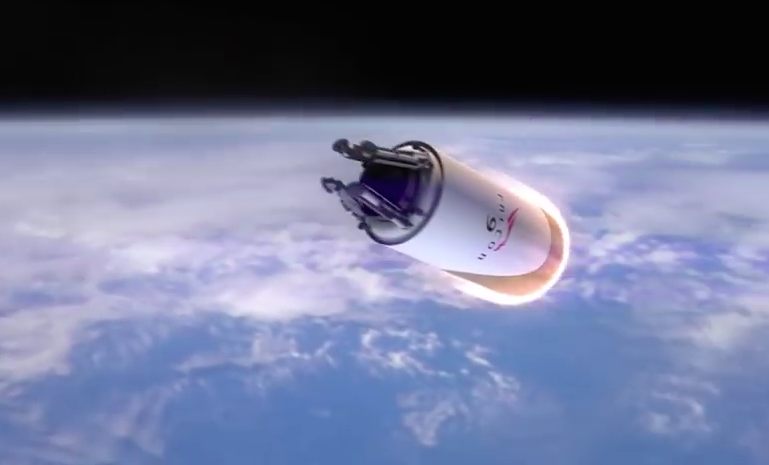
The WFIRST mission, the next in the agency’s line of powerful observatories after the Hubble and James Webb telescopes to probe the make-up of planets around nearby stars and a bigger-than-expected launch vehicle.

Elon Musk said last week he is “fairly confident” his company’s Falcon rockets can be made fully reusable within a couple of years.

Using the ALMA, astronomers have revealed extraordinary details about a recently discovered far-flung member of our Solar System, the planetary body 2014 UZ224, more informally known as DeeDee.

A team of astronomers in Canada used the space-bending effects of dark-matter to see the unseeable.
Saturn's sixth-largest moon is incredibly far from the sun, but new research shows that it could probably sustain life.

The research grants provide funding for new studies of spacecraft propulsion, synthetic biology and more

Traveling in space, the data shows, can be a positive experience for participants, giving them a greater appreciation for people, nature and our tiny place in the universe.

A mysterious flash of X-rays has been discovered by NASA’s Chandra X-ray Observatory in the deepest X-ray image ever obtained. This source likely comes from some sort of destructive event, but may be of a variety that scientists have never seen before.

Australian researchers have detected three of Fast Radio Bursts in just six months using MOST telescope in Canberra, Australia. In doing so, they were able to confirm that these FRBs really do come from outer space.

The world’s first recycled booster - namely a SpaceX Falcon 9 - sailed into Port Canaveral yesterday atop the tiny droneship on which it soft landed shortly after launching on March 30 for an unprecedented second time.
Elon Musk's space company just made history by reusing the Falcon 9 rocket.

Blue Origin founder Jeff Bezos provided a sneak peek today into the interior of the New Shepard crew capsule, the suborbital vehicle for space tourism.

Scientists have proposed a new theory that combines some of the most mysterious phenomena in the Universe - black holes, gravitational waves, and axions - to solve one of the most confounding problems in modern physics.

The JunoCam captured this image on 2 February 2017, at 1313 GMT, at an altitude of 14,500 kilometres above the giant planet’s cloud tops.

ESTCube-2 is planned to blast off in 2019. The main objective for ESTCube-2 is to test a “plasma brake”. This is a new method of deorbiting satellites, which could help mitigate the problem of space debris.